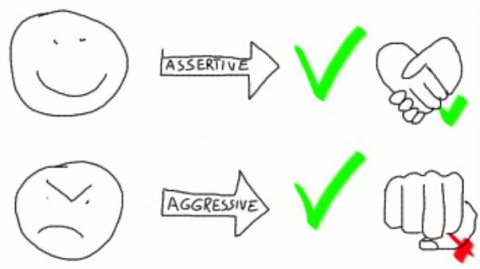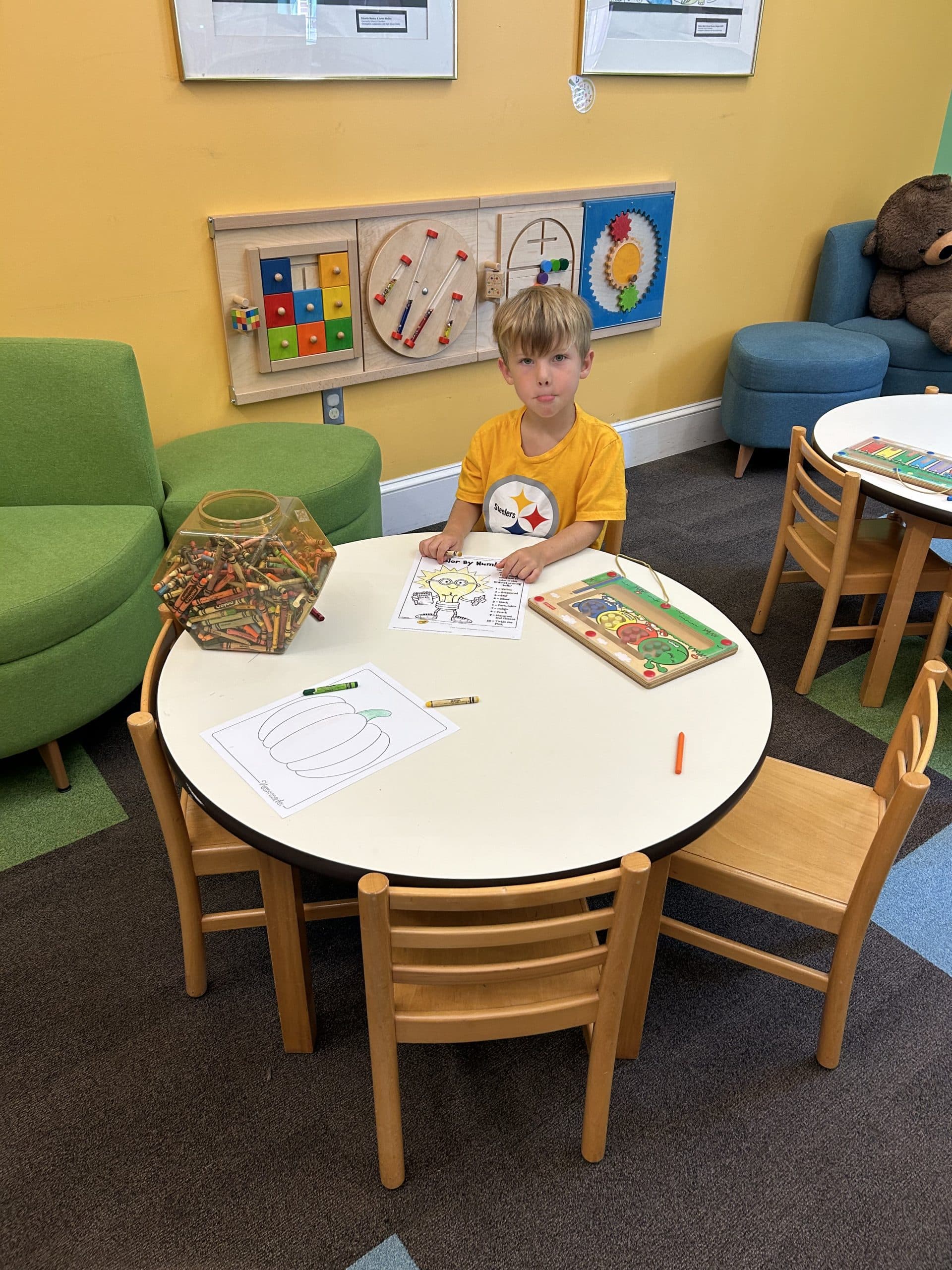Suspensions for behavior problems in schools happen daily. Most discipline measures take students out of the classroom. Thus, students miss content and classroom discussions. They lack the necessary academics for their future when not in the classroom. They lack the path to future success. Suspended students face long-term problems. They risk repeating a grade, dropping out of school, and turning to crime.
Discipline issues and suspensions occur with boys, students of color, students from low-income families, and students with disabilities. The reasons for suspensions vary. The most severe suspensions occur with students who carry weapons and drugs or have a disregard for the safety of others.
Unfortunately, suspensions occur for lesser reasons. These reasons include wearing the wrong shoes, having a different hairstyle, or violating clothing codes.
Suspensions are Ineffective
The purpose of a suspension (in-school and out-of-school) is ineffective unless educators get to the root of the problem. Then have the student return to the classroom as soon as possible. Keeping students out of the classroom is ineffective. The suspended student needs support. They need to be with a staff member who can help and not babysit.
Eliminating or reducing suspension is the goal of many schools.
- Review the student’s records for previous problems. Look at the data.
- Keep a positive mindset and look for a pattern or the root of the problem.
- Create a support system. Suspensions do not change behavior. A support system is necessary along with restorative justice programs.
- Eliminate zero-tolerance policies and use of suspensions for lower-level acts of misconduct.
- Provide professional development for teachers on Bisa and youth development.
A suspension is enough for some students to change their behavior. Others need extra help to correct the inappropriate behavior and the issues that cause the behavior. Therefore, before considering the behavior of a student, think about their perspective. This improves student-teacher relationships through empathy.
The first step in handling a discipline problem is not to take the student out of the school community. Suspension should be the last option. There are zero-policy behaviors that are minor and do not deserve the harshest of punishments. Create a culture of empathy and caring for all students and give them a chance to become successful.



